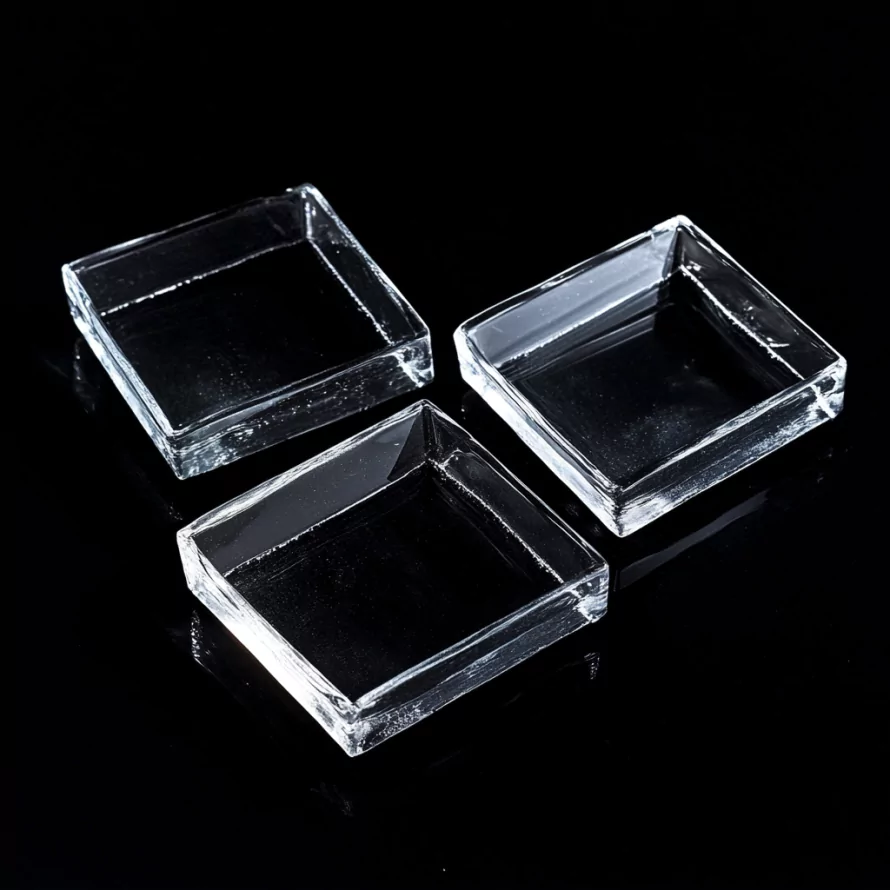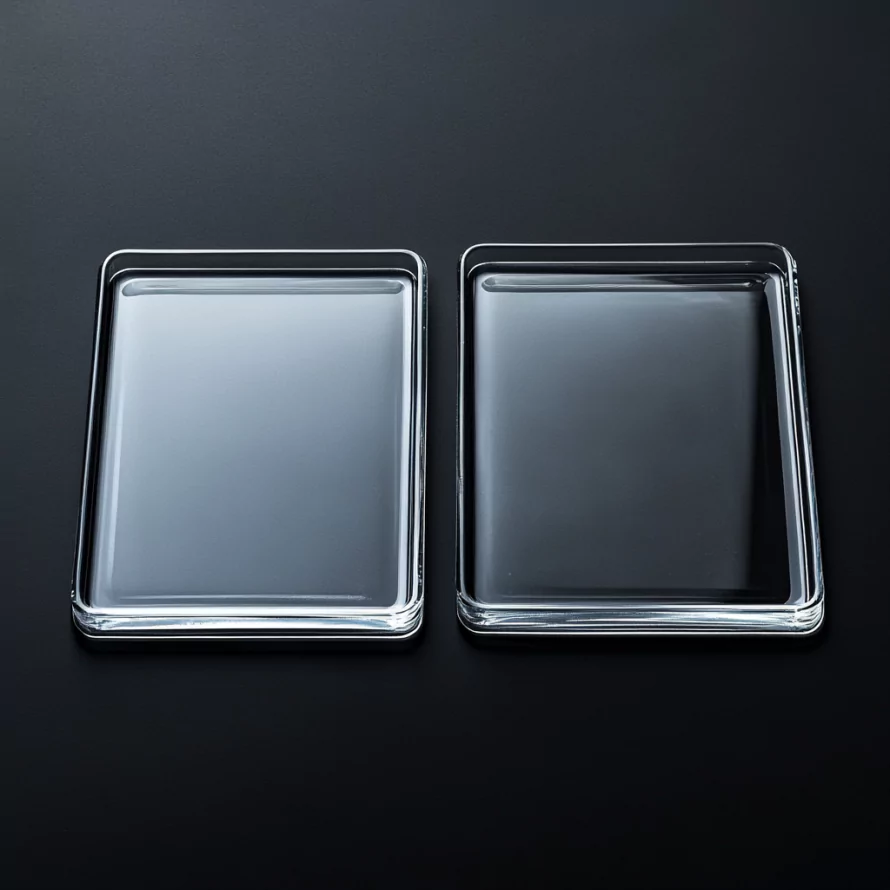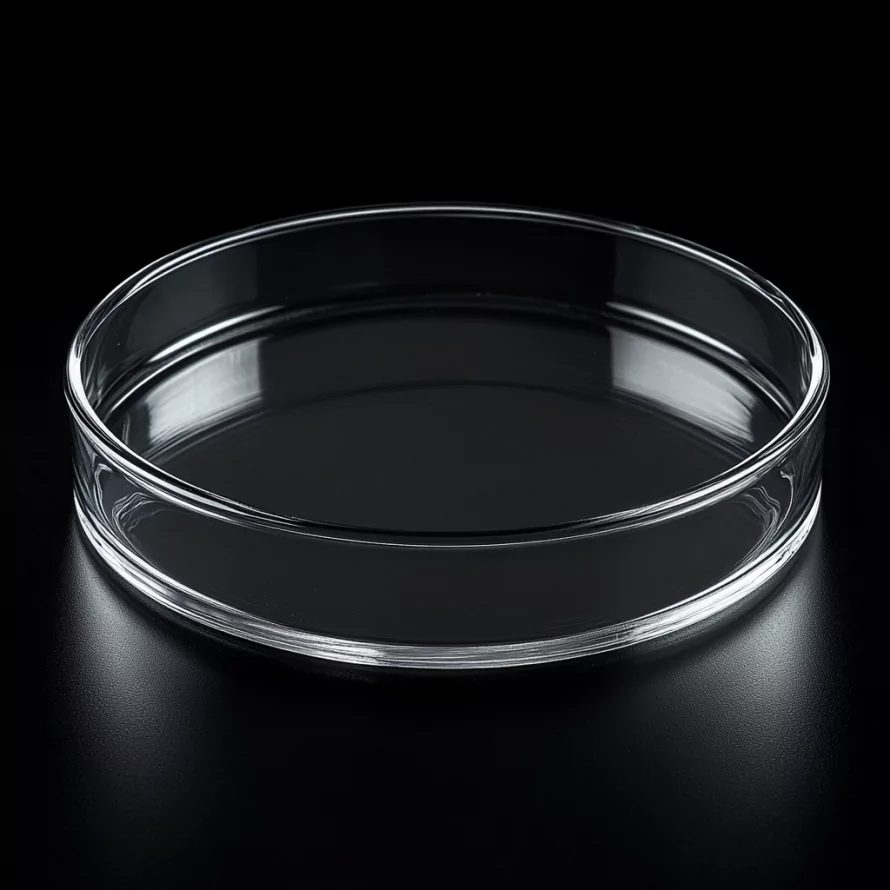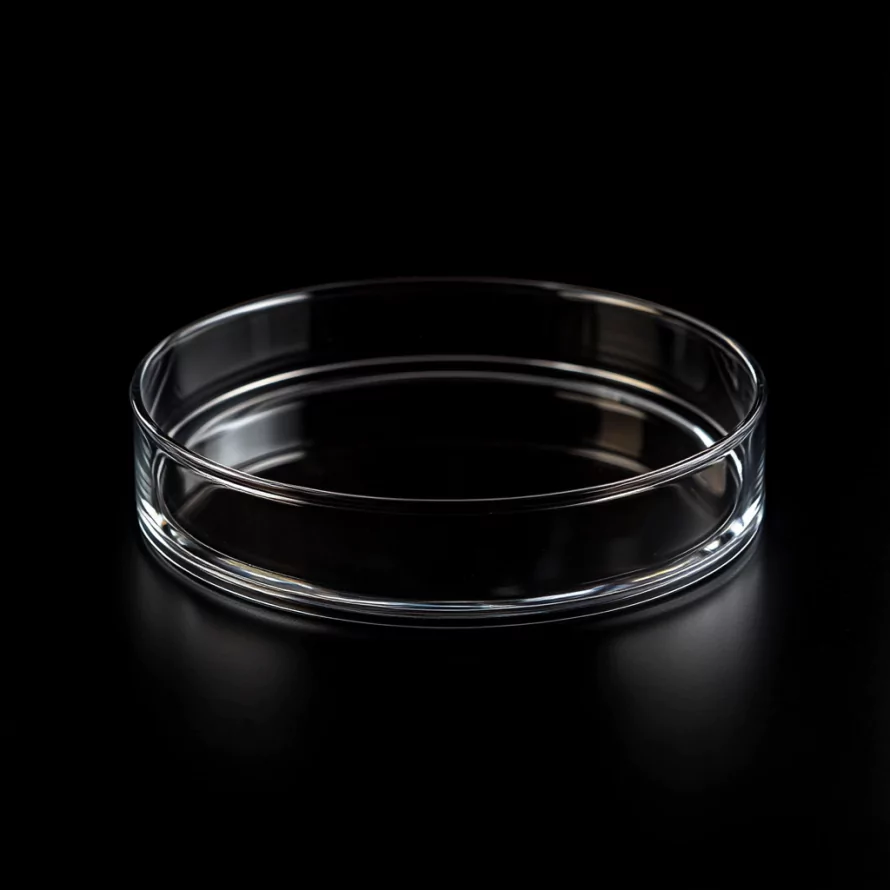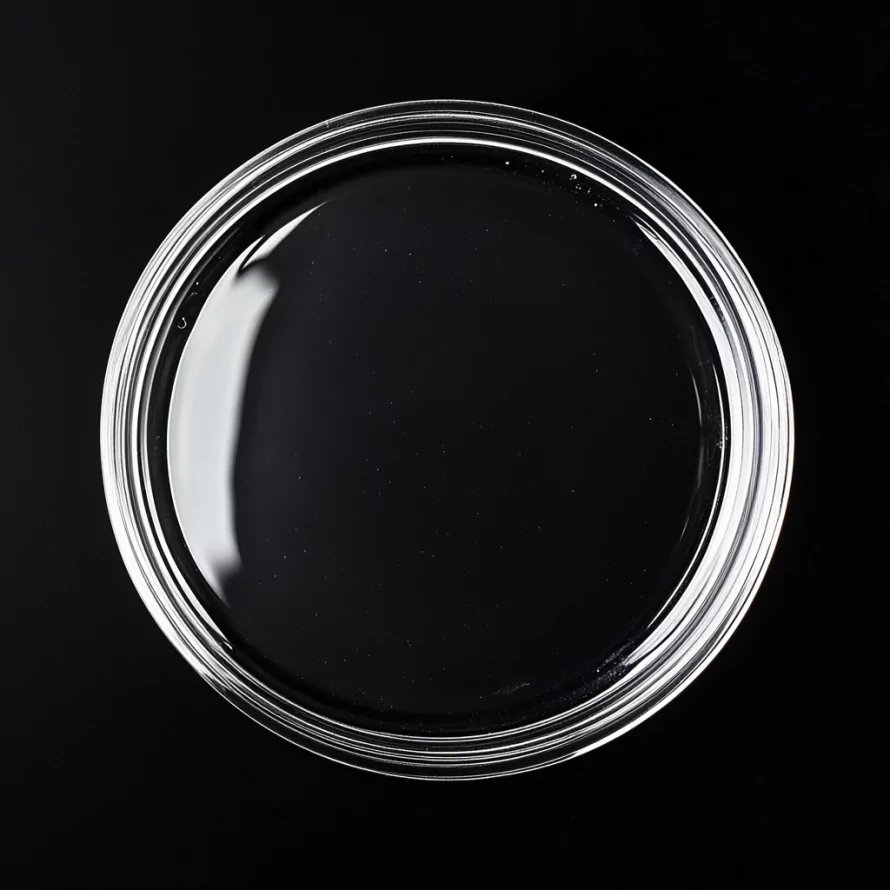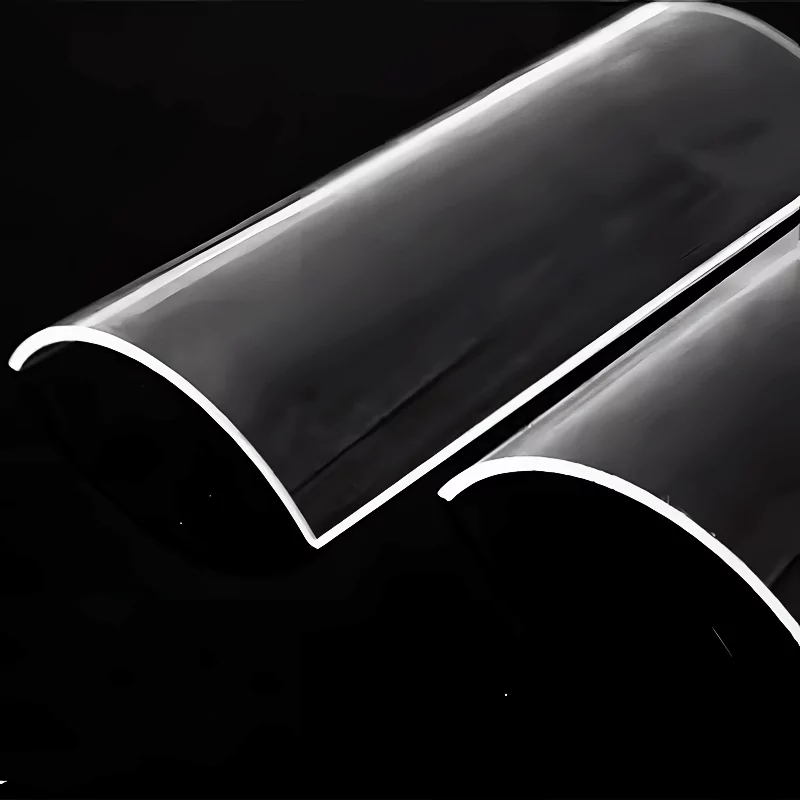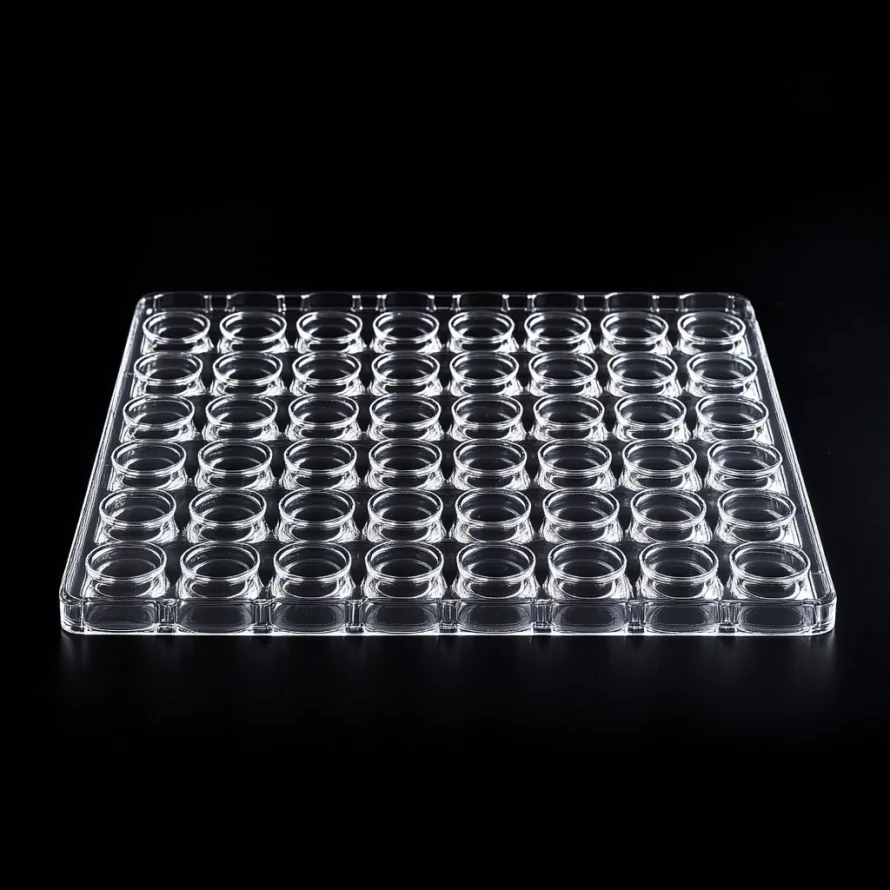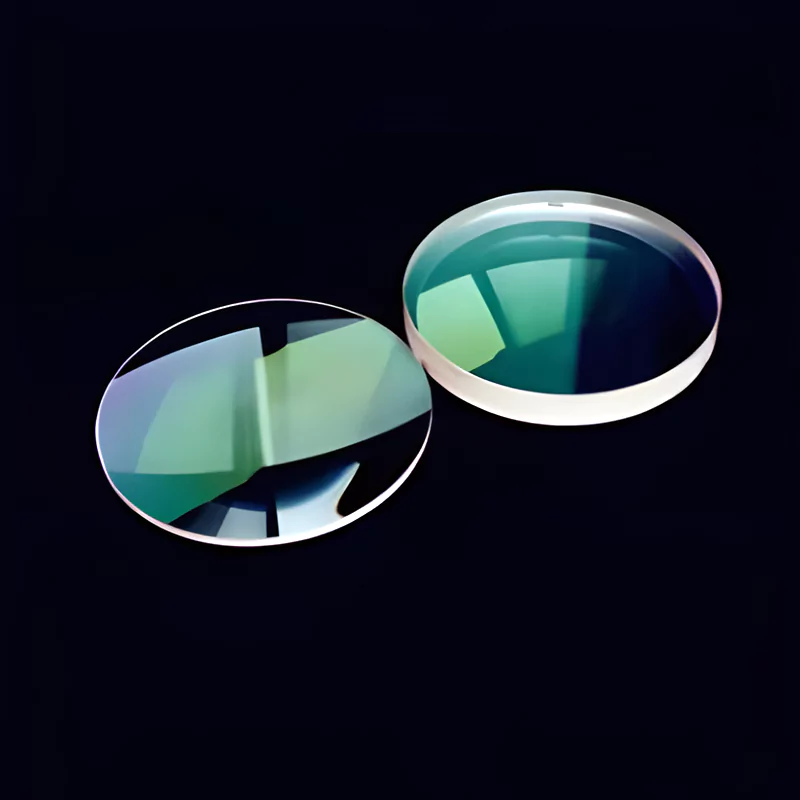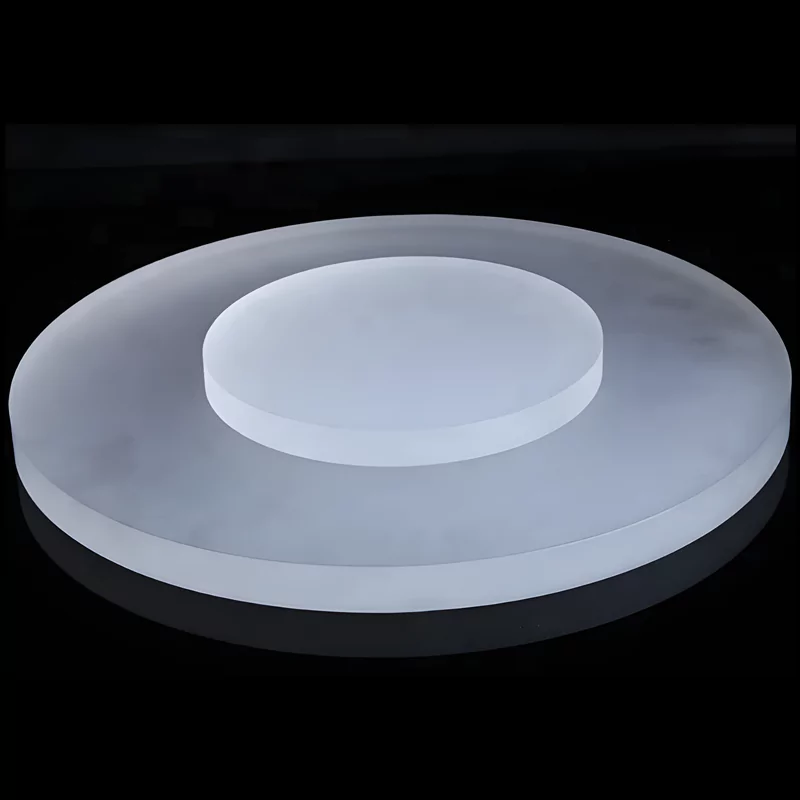- Home
- /
- Types
- /
- Quartz Plate
- /
- Heat Resistant Transparent Quartz...
Heat Resistant Transparent Quartz Glass Laboratory Dish -TOQUARTZ®
Key Features of Transparent Quartz Glass Laboratory Dish
TOQUARTZ® transparent quartz lab-grade dishes are engineered from high-purity silica, offering exceptional performance in demanding laboratory and industrial applications where standard glassware fails.
Exceptional Thermal Stability
Withstands temperatures up to 1600°C without deformation or cracking, ideal for high-temperature material processing and thermal analysis applications.
Excellent Optical Transparency
≥90% transmission in visible and UV spectrum, allowing for clear observation of reactions and processes while maintaining material integrity.
High Material Purity
99.99 SiO₂ purity ensures minimal contamination for sensitive experiments and processes requiring ultra-clean conditions.
Superior Chemical Resistance
Highly resistant to acids, alkalis, molten salts, and fluorinated gases, maintaining integrity in corrosive environments where other materials deteriorate.
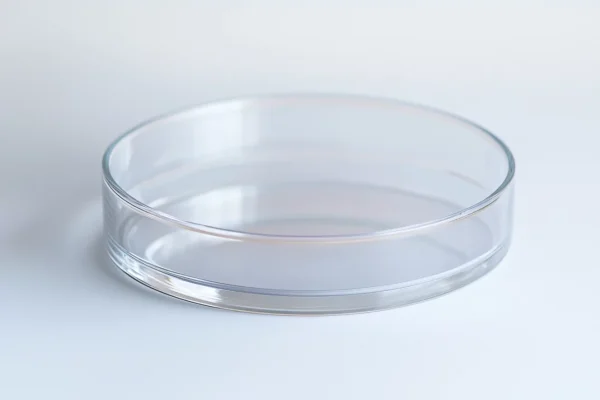
- 99.99% SiO₂ Purity
- UV-Visible-IR Transparency
- Superior Chemical Stability
Technical Specifications & Dimensions of Clear Quartz Laboratory Dish
Whether you require a precision-engineered quartz glass round laboratory dish for high-temperature sintering, or a fused quartz square lab-grade dish for corrosive environment compatibility, TOQUARTZ® ensures dimensional stability, purity, and application-specific reliability.
Size of Quartz Glass Round Laboratory Dish
| Quartz Glass Round Laboratory Dish | ||||
| Model | Outer Diameter(mm) | Height(mm) | Wall Thickness(mm) | Si2O’s Purity(%) |
| AT-QTZ-D001 | 8 | 4 | 1-1.8 | 99.95-99.99 |
| AT-QTZ-D002 | 10 | 5.5 | 1.5-2.5 | 99.95-99.99 |
| AT-QTZ-D003 | 15 | 7 | 2-3 | 99.95-99.99 |
| AT-QTZ-D004 | 20 | 8 | 2-4.5 | 99.95-99.99 |
| AT-QTZ-D005 | 30 | 6 | 2.5 | 99.95-99.99 |
| AT-QTZ-D006 | 50 | 15 | 3-5 | 99.95-99.99 |
| AT-QTZ-D007 | 85 | 18 | 5-7 | 99.95-99.99 |
| AT-QTZ-D008 | 100 | 20 | 5-7 | 99.95-99.99 |
| AT-QTZ-D009 | 120 | 25 | 7-10 | 99.95-99.99 |
| AT-QTZ-D010 | 180 | 30 | 7-10 | 99.95-99.99 |
| AT-QTZ-D011 | 260 | 35 | 7-10 | 99.95-99.99 |
Size of Fused Quartz Square Lab-Grade Dish
| Fused Quartz Square Lab-Grade Dish | |||||
| Model | L(mm) | W(mm) | H(mm) | Wall Thickness(mm) | Si2O’s Purity(%) |
| AT-QTZ-F001 | 30 | 20 | 5 | 2 | 99.95-99.99 |
| AT-QTZ-F002 | 40 | 40 | 8 | 3 | 99.95-99.99 |
| AT-QTZ-F003 | 45 | 30 | 10 | 3.5 | 99.95-99.99 |
| AT-QTZ-F004 | 50 | 50 | 12 | 4 | 99.95-99.99 |
| AT-QTZ-F005 | 70 | 70 | 15 | 4.5 | 99.95-99.99 |
| AT-QTZ-F006 | 100 | 100 | 20 | 4.5 | 99.95-99.99 |
| AT-QTZ-F007 | 150 | 150 | 22 | 5 | 99.95-99.99 |
| AT-QTZ-F008 | 200 | 100 | 25 | 5 | 99.95-99.99 |
| AT-QTZ-F009 | 200 | 200 | 13 | 5 | 99.95-99.99 |
| AT-QTZ-F010 | 300 | 300 | 18 | 6 | 99.95-99.99 |
| AT-QTZ-F011 | 350 | 200 | 25 | 6 | 99.95-99.99 |
| AT-QTZ-F012 | 400 | 400 | 30 | 7 | 99.95-99.99 |
Technical Specifications of Clear Quartz Laboratory Dish
| Parameter | Specification | Notes |
| Material | High-purity fused silica (SiO₂) | 99.99-99.995% purity |
| Temperature Resistance | Up to 1600°C | Short-term exposure |
| Thermal Shock Resistance | Excellent | Low coefficient of thermal expansion |
| Chemical Resistance | Resistant to most acids, alkalis, and solvents | Except HF and hot phosphoric acid |
| Optical Transmission | ≥90% (UV-Visible range) | Wavelength 200-2000nm |
| Surface Finish | Ra <0.8μm | Fire-polished or mechanical polish available |
TOQUARTZ® Solving Challenges with Clear Quartz Glass Laboratory Dish
Clear Quartz Glass Lab-grade Dish in High-Temperature Material Research
Key Advantages
- Maintains Structural Flatness at 1400°C+ with <0.03 mm Warpage
- Batch-to-Batch Transmittance Uniformity (UV-Vis range) under High Heat
- Ultra-Stable Dimensions for Precision Critical Sample Placement
TOQUARTZ® solution
A German materials science research center conducted in-situ crystal nucleation experiments requiring continuous observation of sapphire seed growth at 1300°C under argon. Standard quartz dishes from local OEM suppliers warped by 0.2–0.4 mm after 90 minutes, shifting the focal plane and invalidating sample alignment with their optical microscope.
After switching to TOQUARTZ ultra-flat series (warpage <0.03 mm at 1400°C), they achieved consistent optical alignment for 12-hour sequences, improving imaging yield from 68% to 94% per batch and reducing experimental wastage by 40%.
Transparent Quartz Glass Laboratory Dish for UV/Optical Testing Applications
Key Advantages
- Verified 92%+ Transmission in UV-Band (200–300nm) with <0.5% Absorption Loss after High-Temp Conditioning
- Ultra-Low Fluorescence (<0.005 counts/second·cm² at 320nm)
- No Ion Migration Under Long-Term UV Exposure
TOQUARTZ® solution
A photonics R&D firm in Japan developing UV-responsive coatings observed absorption inconsistencies during UV-B activation. Spectral measurements fluctuated by ±7% using existing imported quartz trays, later traced to degradation and fluorescence buildup.
Switching to TOQUARTZ’s low-fluorescence high-transparency dishes, they achieved baseline signal noise reduction by 60%, yielding >95% measurement repeatability across 30 batches, enabling faster optical calibration development for a Tier-1 LED supplier.
Clear Quartz Glass Laboratory Dish for Corrosive Chemical Processing
Key Advantages
- Long-Term Compatibility with High-Temperature NaOH & HCl Fumes
- Zero Ion Leaching — Certified ICP-OES Clean at Part-per-Billion Level
- Compatible with Piranha & Aqua Regia Preconditioning
TOQUARTZ® solution
A Canadian advanced battery startup required clean vessels for manganese salt calcination that also involved post-wash with 8M nitric acid. Previous Chinese supplier’s quartz dish interiors exhibited crystal clouding and flaking after 3–5 runs, introducing unwanted Fe⁺³ and Na⁺ contamination (2.3 ppm, ICP-OES).
After adopting TOQUARTZ’s ICP-cleaned quartz dishes, leaching dropped below measurable limits (<0.3 ppb), enabling consistent molar ratio control and preventing performance deviation — slashing rejection rate for their cathode batches from 17% to 3% over three production runs.
Customization Services for TOQUARTZ® Clear Quartz Lab-Grade Dish
Custom Design Capabilities
- Specialized Dimensions & Geometries
Custom diameters, depths, and wall thicknesses beyond standard offerings. Special shapes including rectangular, oval, or multi-compartment designs.
- Surface Modifications
Specialized surface treatments including fire-polishing, mechanical polishing, or sandblasting for specific optical or adhesion requirements.
- Integrated Features
Custom features such as pouring spouts, handling tabs, bottom perforations, or integrated connection points for specialized equipment.
TOQUARTZ® Customization Process
Consultation
Detailed discussion of your requirements, application challenges, and performance specifications.
Design & Prototyping
Engineering team develops technical drawings and produces prototype samples for approval.
Testing & Validation
Rigorous testing to ensure prototypes meet all specified requirements and performance standards.
Production & Delivery
Efficient manufacturing with comprehensive quality control and timely delivery to your facility.
Usage & Handling Guidelines for Transparent Quartz Glass Laboratory Dish
Recommended Usage Practices
Temperature Control
While quartz can withstand extreme temperatures, gradual heating and cooling is recommended to maximize lifespan:
- Heat/cool at rates of 5-10°C/minute for optimal thermal shock resistance
- Allow proper equilibration time between temperature changes
- Use appropriate thermal insulation when necessary
Chemical Compatibility
Our quartz dishes are resistant to most chemicals, with exceptions:
- Avoid hydrofluoric acid (HF) and hot concentrated phosphoric acid
- Rinse thoroughly after use with corrosive substances
- For alkaline solutions above pH 10, limit extended exposure at high temperatures
Mechanical Handling
Proper handling ensures longevity:
- Avoid sudden impacts or mechanical stress
- Use appropriate tools (ceramic or PTFE) when manipulating samples
- Place on suitable heat-resistant surfaces during use
Cleaning & Maintenance
Cleaning Procedure
For optimal performance and longevity:
- Rinse with deionized water to remove loose particles
- Clean with mild laboratory detergent solution if necessary
- For stubborn residues, soak in dilute acid solution (except HF)
- Rinse thoroughly with deionized water
- Air dry or use filtered compressed air
Storage Recommendations
Proper storage extends service life:
- Store in clean, dust-free environment
- Use soft, lint-free material between stacked dishes
- Keep away from areas with mechanical vibration
- Store in original packaging when possible
Inspection & Replacement
Regular inspection ensures safety and performance:
- Regularly inspect for chips, cracks, or surface damage
- Check for devitrification (clouding) after repeated high-temperature use
- Replace dishes showing signs of damage or deterioration
- Maintain replacement schedule for critical applications
Ready to Enhance Your Research Capabilities?
Why Partner with TOQUARTZ
Direct Factory Advantage
As a direct manufacturer, we can cut out the numerous intermediate links.
Engineering Expertise
Technical team guides clients from material selection to design optimization, translating specs into deliverables.
Flexible Manufacturing
Handling standard & custom orders via small-batch expertise and prototyping rigor to meet urgent deadlines.
Quality
Assurance
Pre-shipment 3-step validation:
1. dimensional accuracy,
2. material purity ,
3. performance thresholds
Global Supply Chain
Reliable global logistics to industrial hubs (DE/US/JP/KR priority) with trackable milestones.
Releted Products
As a specialized manufacturer with direct factory capabilities, TOQUARTZ provides both standard and custom quartz solutions with engineering support throughout the specification and implementation process.
FAQ
Q: What is the maximum temperature your transparent quartz lab dishes can withstand?
A: TOQUARTZ® transparent quartz dishes can withstand temperatures up to 1600°C for short periods and maintain structural integrity at continuous operating temperatures of 1100-1200°C. The exact temperature resistance depends on specific usage conditions, heating rates, and thermal cycling.
Q: How does the purity of your quartz dishes compare to competitors?
A: TOQUARTZ® transparent quartz dishes are manufactured from high-purity fused silica with 99.99-99.995% SiO₂ content. This purity level is suitable for most laboratory and industrial applications, including those requiring minimal contamination. While some specialized semiconductor applications may require higher purity levels (99.9999%), our products offer an excellent balance of purity, performance, and cost-effectiveness for research and analytical applications.
Q: Can your transparent quartz dishes be used with hydrofluoric acid (HF)?
A: No, we do not recommend using our transparent quartz dishes with hydrofluoric acid (HF) or hot concentrated phosphoric acid. While quartz is highly resistant to most chemicals, HF specifically attacks silica-based materials. For applications involving HF, we recommend specialized fluoropolymer containers designed for such corrosive environments.
Q: How do your transparent quartz dishes handle thermal shock?
A: TOQUARTZ® transparent quartz dishes exhibit excellent thermal shock resistance due to quartz’s low coefficient of thermal expansion (5.5 × 10^-7/°C). They can withstand rapid temperature changes better than most laboratory glassware. However, for optimal performance and longevity, we recommend controlled heating and cooling rates of 5-10°C/minute, especially for larger dishes or when approaching maximum temperature limits.
Q: What is the expected lifespan of your transparent quartz dishes in high-temperature applications?
A: The lifespan of our transparent quartz dishes in high-temperature applications depends on several factors including maximum temperature, thermal cycling frequency, chemical exposure, and handling practices. Under typical laboratory conditions with proper care, our dishes can withstand hundreds of heating cycles at temperatures up to 1100°C. At higher temperatures (1200-1600°C), gradual devitrification may occur after repeated use, eventually affecting optical clarity. Regular inspection for signs of stress or clouding is recommended for critical applications.
Contact our engineering team for technical consultation and pricing. We’ll help you select the optimal specifications for your application requirements.

